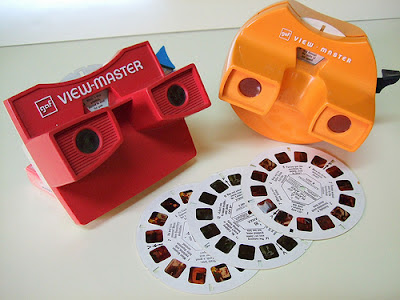Do you ever get a case of "the Mondays"? Recently, I had a case of "the Mondays" and it was an especially chronic case because it was the Monday AFTER Spring Break...and my coffee couldn't kick in quick enough! So, to overcome it, we had LOTS of MOVEMENT in speech therapy that day.
It started with an "off the cuff" new game with one of my four year old students that we called, "Where is it?" This is probably a game I have played for years, but has been at the bottom of my speech therapy tool box until that Monday! All we used were a set of photo articulation cards (you will see /s/ blends pictured here) and the Speech Room. My student has been working on this target for only a few weeks now and has quickly established this target in single words and simple sentences. It was time to transition him to generalized skills in connected speech, so we played this GREAT game. The student and I each had the same picture card and we placed them in various places around the room. It didn't take long for him to catch on the game required each of us to ask each other "Where is your ___" and then reveal where we had placed our picture by describing it in a sentence.
Here were some of our favorite "spots":
 |
| I asked: "Where is your sweater?" and he responded, "The sweater is on the clock." |
 |
| I asked, "where is your spider?" and he responded, "My spider is in the markers." |
 |
| I prompted him to ask me, "Where is your spider, Mrs. D?" and I modeled, "My spider is on the book shelf." |
It's pretty easy to see that this game can also be used to target many receptive language goals by having students place pictures or objects in various places around the room and practice following directions, and understanding positional concepts; expressive language goals such as answer "where" questions, use expanded utterance length, use pronouns correctly, question formulation, etc; AND (of course) pragmatic language goals such as turn taking, engaging in reciprocal interaction, and maintaining eye gaze.
I hope you have as much fun playing this game as we did. . .maybe it will cure your case of "The Mondays!"
~Orlanda































